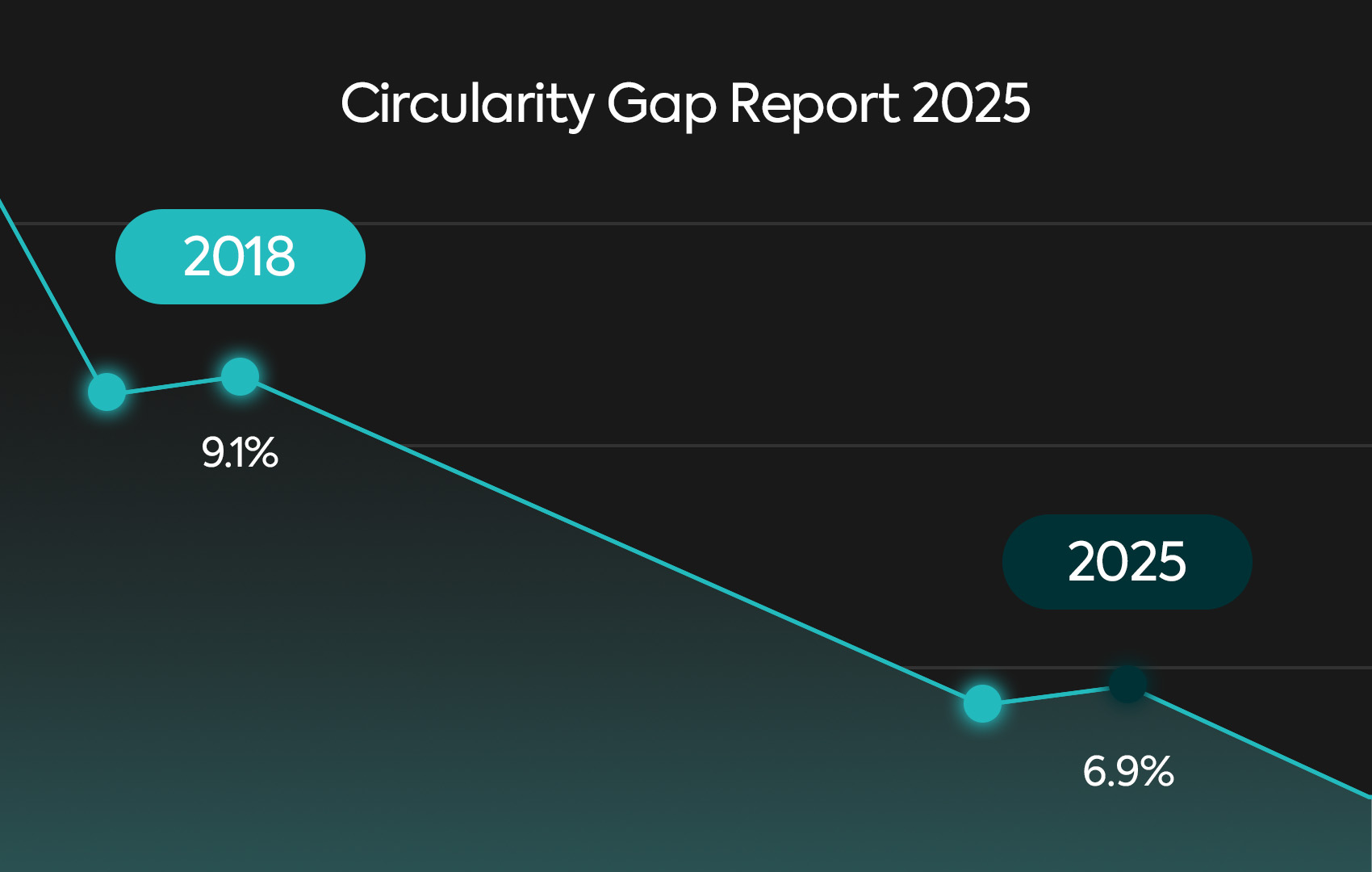Introduction
When businesses talk about carbon emissions, most of the focus falls on energy use, transportation, or supplier activity. Yet, a major source of emissions often goes unreported: the carbon footprint of surplus and unused inventory that already exists within an organization’s portfolio.
Scope 3 emissions, which cover a company’s value chain, typically represent over 70% of a company’s total emissions. But what many overlook is that these emissions don’t stop once a product is made – they continue through the lifecycle of every item that goes unsold, expires, then written off.
1. Understanding the Scope 3 Blind Spot
Scope 3 emissions include indirect impacts from purchased goods, transportation, and waste generated in operations. However, most reporting frameworks still focus on upstream activities, not what happens to materials that remain unused.
When products are discarded or destroyed, two things occur:
- Embodied emissions: The carbon already emitted during the production and delivery of those goods are locked in.
- Waste emissions: New emissions created from disposal of these items sent to landfill or incineration are released.
Embodied emissions often remain invisible in traditional carbon accounting, despite falling directly under Categories 1 and 5 of the Greenhouse Gas (GHG) Protocol.
2. The Cost of Inaction
Every box of unsold stock or discontinued packaging represents wasted opportunity and emissions waiting to happen.
When stranded inventory is written off, the emissions tied to its production are never recovered. Disposal adds another layer of avoidable impact. This “double loss” compounds across supply chains, locking businesses into inefficient and unsustainable cycles of overproduction.
Recognizing these emissions is more than an ESG checkbox; it’s an untapped opportunity for emissions reduction and value recovery.
3. From Waste to Measurable Impact
Circularity offers a clear pathway to close this reporting gap. By redistributing or repurposing surplus inventory, companies can:
- Avoid waste emissions that result from disposal.
- Reduce demand for new production, cutting upstream emissions.
- Quantify positive outcomes such as kilograms diverted from landfill or CO₂ avoided.
Digital platforms like The Surpluss make this possible by giving organizations visibility over dormant materials and connecting them to potential users or beneficiaries. What was once considered a liability becomes measurable impact, data that supports transparent Scope 3 reporting, and strengthens sustainability claims.
4. Why Visibility Matters
What gets measured gets managed.
Traditional sustainability reporting tools rarely capture what’s stored, stranded, or forgotten within the system. By digitizing surplus flows, companies not only improve reporting accuracy but also enhance operational efficiency.
Circular data provides tangible insights for procurement, ESG, and supply chain teams, turning sustainability from abstract goals into actionable performance metrics.
5. Redefining Accountability
The future of Scope 3 reporting lies in transparency.
As global frameworks evolve and investors demand more robust climate disclosures, businesses that can quantify their hidden emissions will stand out. Recognizing surplus as a measurable component of carbon accounting reframes waste from an operational inconvenience into a strategic advantage.
Circularity doesn’t just reduce environmental impact; it builds smarter, more resilient systems that adapt to change.
Conclusion
Surplus is more than leftover inventory, it’s a reflection of how we manage resources and measure impact. By acknowledging the carbon cost of inaction and leveraging circular systems to close the loop, businesses can unlock a powerful form of climate accountability.
In every warehouse, there’s data waiting to be discovered, and emissions waiting to be avoided. The companies that uncover them first will lead the next era of sustainable, efficient business.



